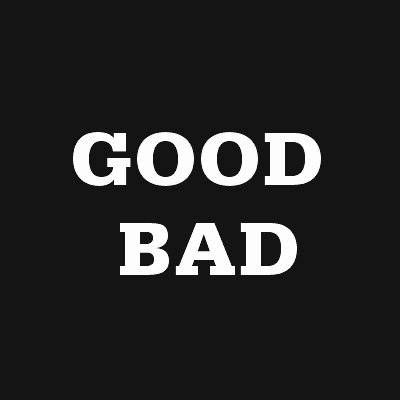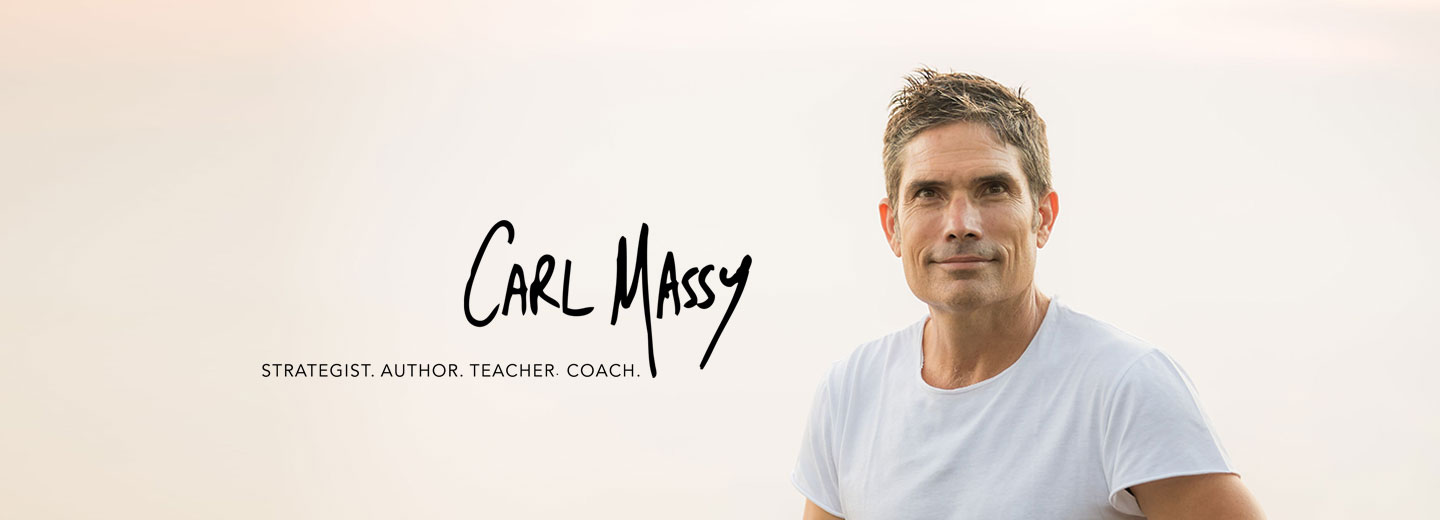 No surprises about what this article is going to be focusing on.
No surprises about what this article is going to be focusing on.
Here is a rhetorical question for you. ‘Do you have any bad habits?’ The answer is a resounding YES for all of us. But the next question is one you may not have considered an answer to, ‘Do you actually know what your bad habit is costing you – in time, energy, connection, health, money, love, joy, success, growth, etc.?’ Now that is a valuable question to ask and worth you taking the time to consider it right now.
What is a bad habit you have, right now, that is costing you something you would prefer not to lose? Think of one right now that we can work with. It might be uncomfortable, but well worth it. Now imagine if you continued to practice this bad habit for the next 10 years. What would that cost you? Feeling any pain right now? I am sure you are. Sorry about that. I just wanted to give you a wee shove, so you would pay more attention to what I wanted to share. The important stuff: how to get rid of bad habits.
3 Different Methods
What will follow is 3 different methods for removing bad habits and then how to bets apply them. It is about finding the right one for you at the right time. Sometimes different habits work better in different situations. Like one method might be good for personal stuff, but not great for professional stuff. Just choose what works best for you.
Method 1: Cold Turkey
This might work on some habits but not others or for some people, but not others. In this case you need to have a very clear picture of the longer term gain. This requires the most energy up front. Things that will help succeed with this method: get crystal clear about your ‘why’; track your progress; get a support buddy (or team); remove all temptation, triggers, people, things that are related to the bad habit; reward yourself in a healthy way for progressive achievement; maybe add a little competition into the mix; and remind yourself constantly of the bigger ‘why’.
Method 2: Progressive
This might be a good method if you know that cold turkey does not work well for you in particular areas of your life. This method requires a lot more specific planning and requires specific actions that are time dependent, plus a very definitely end state. It also requires diligent tracking – so you don’t have the ability to step off the path. I heard a good example today. It was giving up coffee. This person set a plan to do it over 4 weeks. Week 1 was 50% decaf & 50% caffeine coffee. Week 2 was 100% decaf coffee. Week 3 was Green Tea (which has caffeine). Week 4 was a caffeine free herbal tea. This method is about easing into something, or out of something progressively and might be best for the niggling bad habits you know are not serving you, but are not immediately health, relationship or career threatening.
Method 3: Crowding out
This is the one I like the best. It is about crowding out the bad with the good. So you not only aim to remove the bad habit, but you replace it with a good habit. It is also about focusing your attention solely on what you want, as opposed to what you don’t want or want to stop. Something I speak about in detail in chapter 1 of The Guidebook to Happiness. We tend to get more of what we focus on. Plus this method tends to require less force, but draws on more ‘power’ – which builds up as you add the ‘good’ into your life. The time when this may not be appropriate is if you require 100% stopping, right now. A good example of crowding out in action is with nutrition. You fill up on healthy fresh fruit and vegetables, and crowd out the junk food because you are already full. Another example is reducing or removing your television time of an evening. If you read good quality books, listen to inspiring material, take the dog for a walk, go to the gym, do mind developing exercises (as opposed to mind numbing) or anything else like that of an evening, you will have crowded out the usual television time.
Again, this is all about focusing on the best habits and doing more of them, so there is no room left over for the bad habits. It is the same as out thoughts. Crowd your negative thoughts out with the positive thoughts of what you do want in your life, how you would like events to happen, what type of relationships you would like to have and how you would like to be.
The Next Steps
I have actually decided to set up a bit of an on-going 30-Day Habit Switch Challenge, which we will monitor and encourage on our The Guidebook to Happiness Facebook Page. The intention is to start doing one good habit for 30-days and to stop doing one bad habit for 30 days. Just one. And to let people know what you are aiming for, so they can support you. Leo Babauta the author of Zen Habits, talks about the amount of change in your life if you just worked on one habit a month for a year. In 12-months you would essentially be a completely different person (since we are defined by our habits and behaviours). How cool is that?
To get started: all you need to do is to download the 30-Day Habit Switching Challenge tracking sheet, decide what your START & STOP habits are and then post them on our Facebook Page (if you are game). Sometimes, public support and accountability are just what you need to get you across the line, and into the land of SUCCESS & HAPPINESS.
DOWNLOAD The 30 Day Habit Switch Challenge BY CLICKING HERE
Carl Massy is a ‘Happiness Strategist’ who has blended 20 years of strategic planning experience with a decade of experience in the wellness industry. He is the author of the very practical and fun to read book, ‘The Guidebook to Happiness‘. To check it out on Amazon CLICK HERE.
